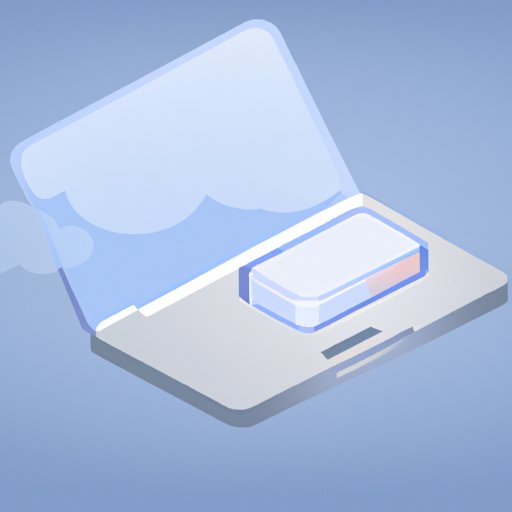
Introduction
If you own a MacBook, you may have experienced the frustration of running out of storage space. This can slow down your computer and make it difficult to download new files or applications. Fortunately, there are some simple steps you can take to free up space on your MacBook and optimize its performance.
Use the Built-in Storage Management Tool
Your MacBook comes with a built-in storage management tool that can help you identify and remove large files, old backups, and unused apps. To access this tool, click on the Apple in the top-left corner of your screen, select “About This Mac,” then go to the “Storage” tab and click “Manage.” From there, you can review recommendations for freeing up space, such as deleting old files or moving them to an external hard drive.
To remove large and unwanted files, use the “Large Files” feature in the storage management tool. This will show you a list of the largest files on your computer, and you can delete them directly from the tool. You can also use the “Backups” feature to delete old backups of your iPhone or iPad that you no longer need. Lastly, the “Unused Apps” feature will show you the apps you haven’t used in a while, allowing you to delete them and free up space.
Using the storage management tool regularly can free up significant space on your MacBook and improve its performance.
Clean Up Your Desktop
Your desktop may seem like a convenient place to store files and folders, but it can quickly become cluttered and take up space on your MacBook. Instead, try to organize your files and folders in the appropriate locations, such as the “Documents” or “Downloads” folder. This will also make it easier to find the files you need.
To clean up your desktop, create folders for different categories of files and move them to the appropriate folder. This might include “Work,” “Personal,” or “School” folders. Once you’ve organized your desktop, delete or move any unnecessary files or folders that are taking up space.
Uninstall Unused Apps
If you’re not using an app, it’s just taking up space on your MacBook. To uninstall unused apps, simply drag the app to the trash bin. However, some apps may leave behind files that take up space, so it’s a good idea to use a third-party uninstaller, such as AppCleaner. This tool will ensure that all files associated with an app are deleted.
Clear Cache and Temporary Files
When you browse the internet or use certain applications, your MacBook creates cache and temporary files. These files can take up significant space, so it’s a good idea to clear them regularly. To do so, open Finder, select “Go” in the menu bar, then “Go to Folder” and type in “~/Library/Caches.” From there, you can delete the files within the folder. Be careful not to delete anything crucial.
Delete Old Email Attachments
If you receive a lot of emails with attachments, they can take up a large amount of storage space on your MacBook. To delete old email attachments, open the Mail app and search for emails with attachments. Sort the results by size and delete the largest files. You can also reduce the amount of space emails take up in the future by adjusting your email settings to remove attachments after a certain amount of time or store them in the cloud.
Use Cloud Storage Services
Another way to free up space on your MacBook is to move files to a cloud storage service. There are many options available, including iCloud, Dropbox, and Google Drive. These services allow you to store files online and access them from any device. Moving files to the cloud can also make it easier to share files with others.
Upgrade Your MacBook’s Storage
If you’re still running out of space on your MacBook after trying these tips, you may need to consider upgrading your storage. This involves replacing the internal hard drive with a larger one or adding an external hard drive. However, upgrading storage can be expensive, so it’s important to explore your options and consider whether it’s worth the investment.
Conclusion
Freeing up space on your MacBook is essential for optimizing its performance and making it easier to use. By using the built-in storage management tool, cleaning up your desktop, uninstalling unused apps, clearing cache and temporary files, deleting old email attachments, using cloud storage services, and upgrading your MacBook’s storage, you can free up space and enjoy a faster, more efficient computer.




